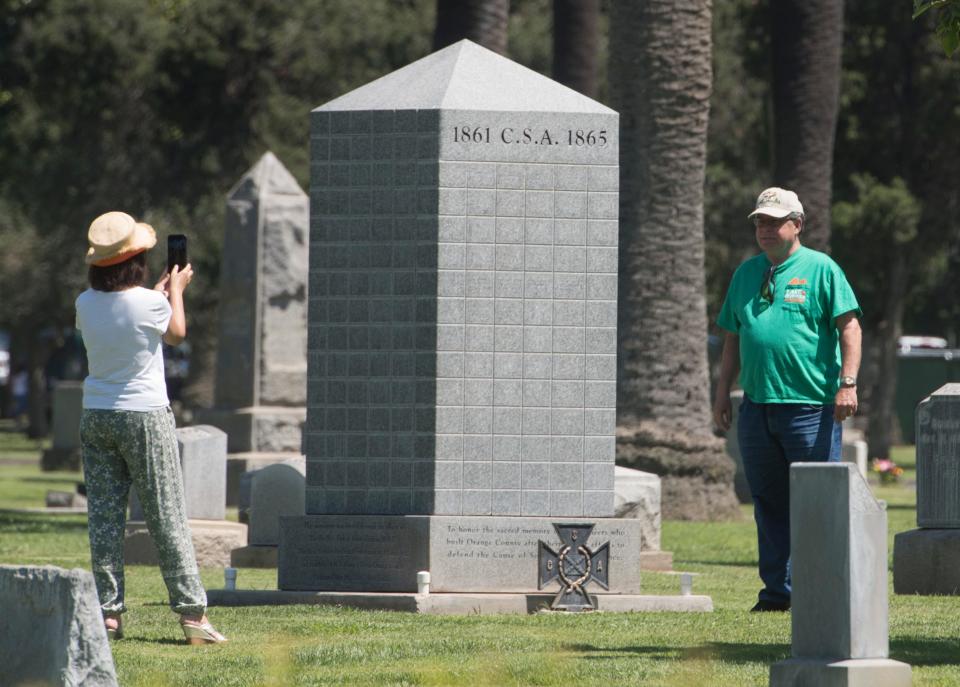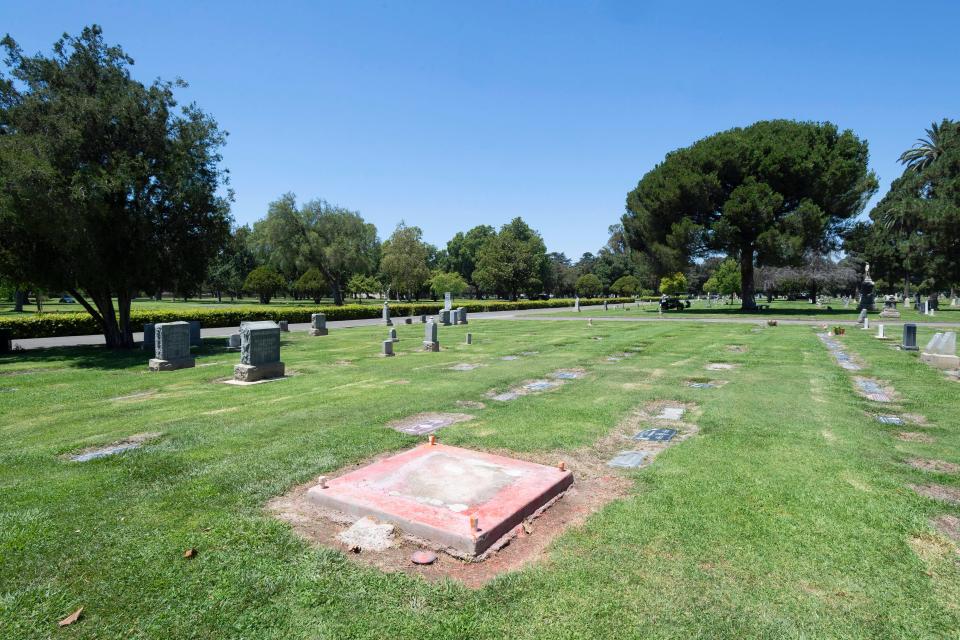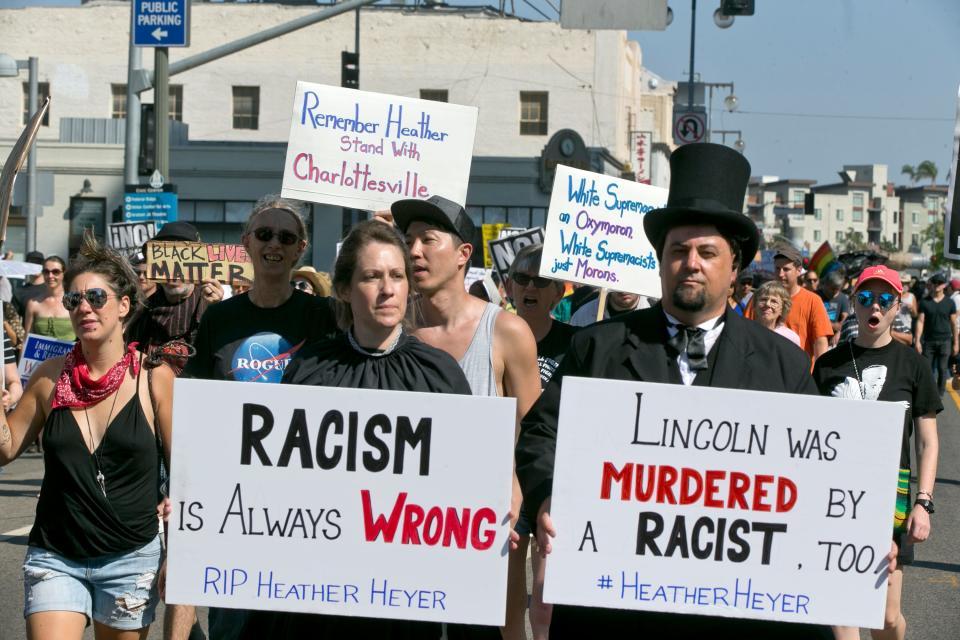Racist roots: How Confederate migration spread white supremacy in the West
As a graduate student at University of California Irvine, Patrick A. Testa wondered why there were Confederate monuments in Southern California. Now he knows the reason. Slaveholding Confederates settled in the area after the Civil War.
Testa, a political economist at Tulane University, is a co-author of a new study that shows how the migration of elite Southerners in the decades after the Civil War shaped parts of the western United States.
"It's striking," Testa said.
Relying on hard data, the teams of scholars showed a mathematical correlation between elite Confederate settlers and Confederate monuments, lynchings, sundown towns, racial segregation and even increased police violence against African Americans.
"We're building on decades of work among historians," Testa said, "but certainly offer the first concrete, empirical evidence of this phenomenon."

Southerners move west
After the Civil War, the Southern economy was wrecked. In the three decades after the war, nearly 1 million white Southerners moved west, settling in California, Arizona, New Mexico and Nevada.
"They're moving to places that are often a lot like the South politically and agriculturally," Testa said.
They settled in areas where they could continue the large-scale farming they did in the South. They preferred places with weaker support for the Union cause. And they often moved to places that were not well established, where they could impose their own values.
According to Testa and his colleagues, more than 61,000 former enslavers and 127,000 whites from households with slaves were part of that diaspora. Although these were a small percentage of the white Southerners going to the West, former slaveholders and their families had a large impact.
These elites were more likely to work as judges, lawyers and public administrators. They became civic leaders in their new homes.

"What we didn't expect to see was that there was such an outsized sorting among these migrants into occupations that have authority in these places," Testa said.
Places where former slaveholders settled were more likely to erect Confederate monuments and have chapters of the Ku Klux Klan.
Towns with more white residents from the former Confederacy were more likely to be "sundown towns," a place where Black residents were not welcome at night. Sundown towns, which were at times enforced by laws, were a racist practice that existed outside the South during the Jim Crow era.
A lasting impact
The white Southerners shaped their new homes for generations. And Black residents suffered the consequences.
By the 1940s, data shows that Black residents earned less in counties where large numbers of white Southerners settled. By the turn of the century, these counties still had higher rates of racial secretion. And even today, Black residents face harsher treatment from the justice system.

"These effect sizes are large throughout, consistent with roughly 4–5% decrease in relative Black earnings, 8-13% increase in Black segregation, a 5% increase in Black incarceration and a 24–26% increase in the probability of police killing," the study states.
California in recent years has been one of the few states to grapple with what reparations are owed to the descendants of the formerly enslaved. Testa suspects that few people in the state know how many white enslavers settled in the state and became leaders in their communities.
"Our work does show how slavery casts a shadow over the country through these various intermediate institutions that former slaveholders helped build," he said.
This article originally appeared on USA TODAY NETWORK: How Confederate migration spread white supremacy in the West


